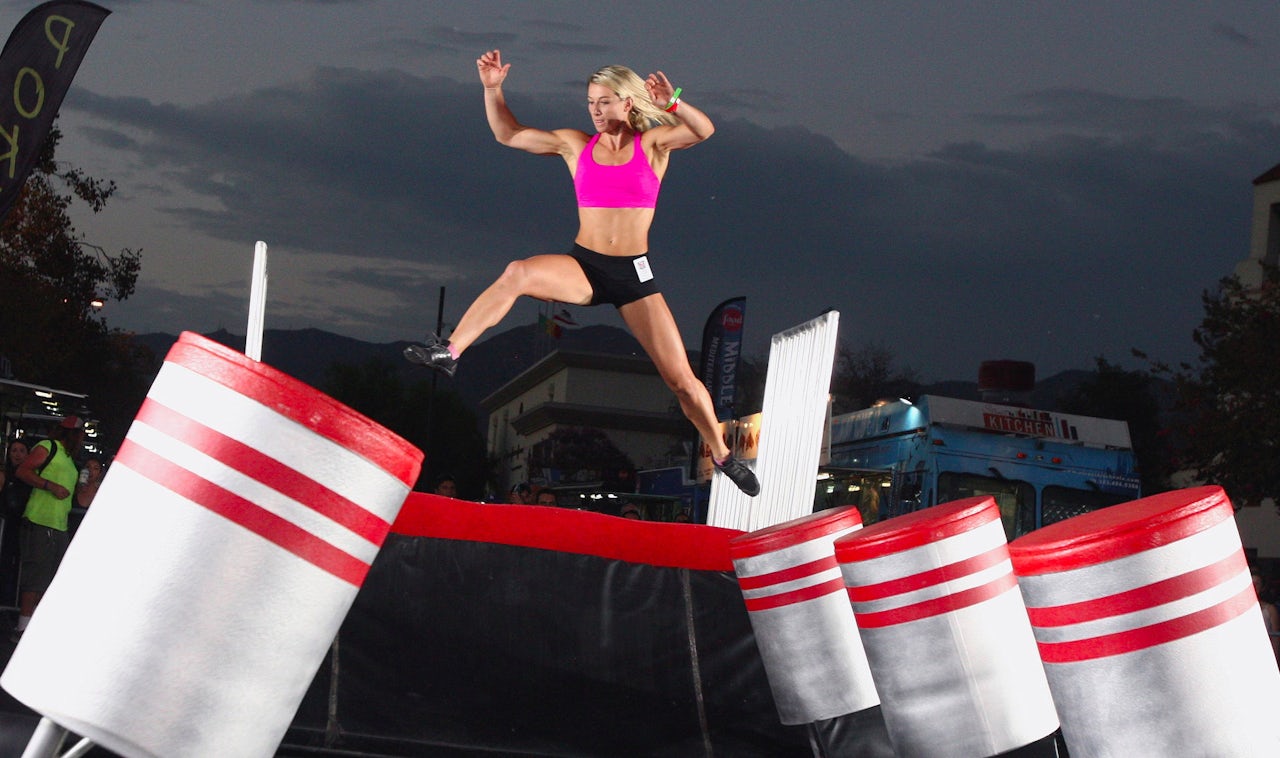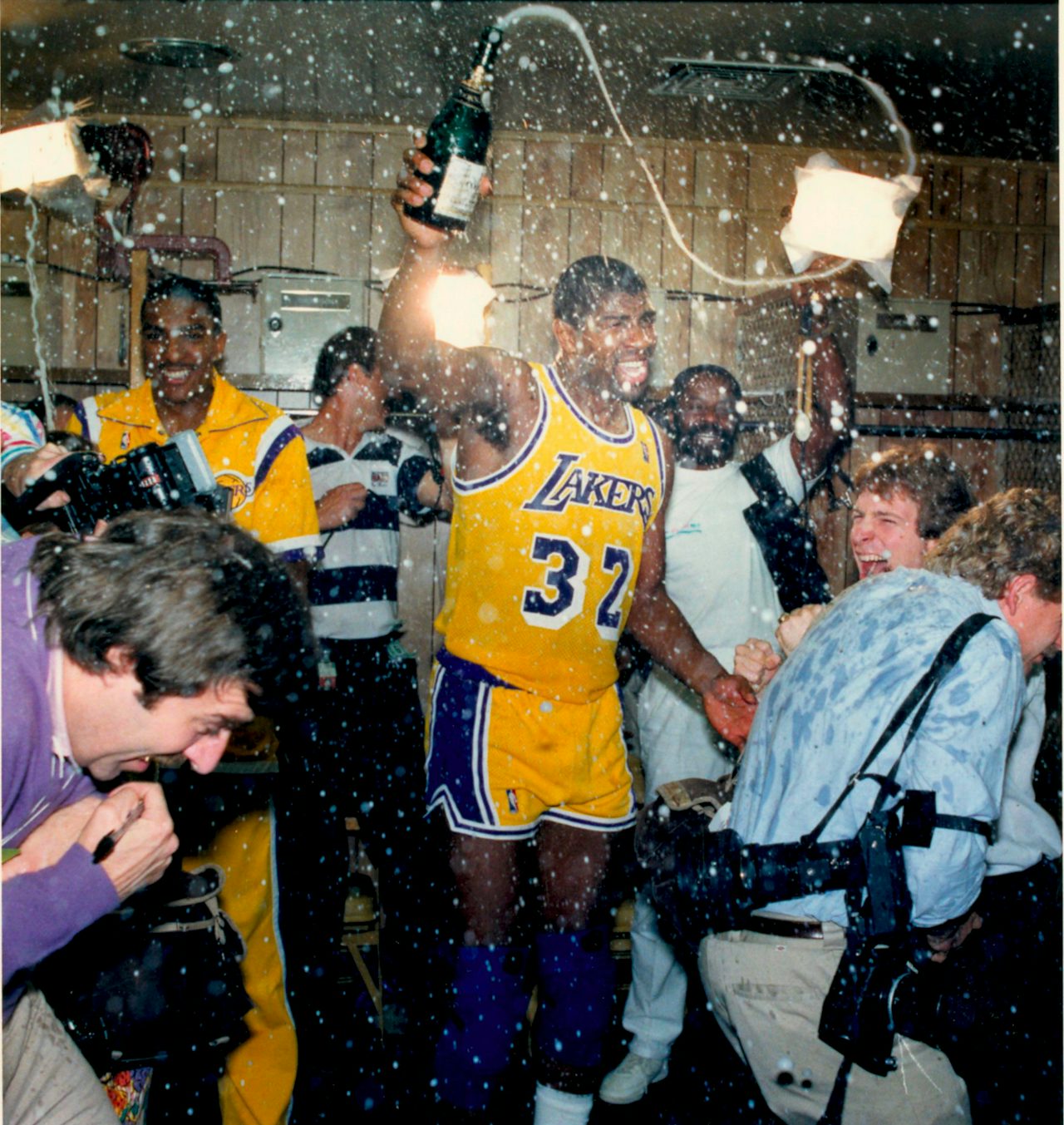On a recent episode of American Ninja Warrior, competitor Jessie Graff became the first woman in the history of the show to complete stage two of its notoriously difficult obstacle course. It was a historic moment on the show and an exciting one for ANW’s approximately 6 million viewers. But Graff’s accomplishment reflects the failings of the rest of the sports world, even though her sport is barely included in that world at all.
Like most sports, ANW runs in seasons. But unlike most sports, it began as a TV show. Each season of ANW, a spin-off of the Japanese show Sasuke, features a group of competitors trying to make it through a series of entertaining but strenuous obstacle courses that get progressively harder with each episode. It has been on the air since 2009, a long time in the world of reality television, but the blink of an eye when it comes to professional sports. And thanks to its TV origins, the athletic competition itself falls somewhere between the two categories. Despite its hazy genre, or maybe because of it, ANW is doing something that so many professional sports leagues are unlikely to have even seriously considered: eschewing gender segregation.
When it comes to adults in sports, mixed-gender competition is reserved for the unserious and the amateur: a company softball team, a neighborhood kickball league, a friendly ultimate frisbee club. But gender integration rarely exists in higher levels of competition and certainly not in ‘serious’ sports like basketball, baseball, and soccer. When it comes to that category, where the high physical ability required is taken for granted, a woman beating or simply competing against a man is treated like a sensation (as was recently explored on the short-lived Fox drama series Pitch, about a woman who plays major league baseball). Only on a reality competition show would something so potentially scandalous take place. There was no real gendered prestige to lose — as in, say, the NFL — because it was never there in the first place.
There’s no doubt that ANW competitors are athletes, but are they professionals in the way that Serena Williams or Usain Bolt or even a benchwarmer in the NBA are? That’s debatable. With all of the financial inequities and gender policing that takes place in traditional sports, it’s understandable that only a venue that values sensationalism the way reality TV does would do something as unheard of as not separating people by gender in a strenuous physical competition.
With its open application process and its proximity to what some consider the low-brow culture of network reality TV, ANW, even more so than other athletic competitions, forces you to watch and ask yourself, “Could I do that?”. The undeniability of the athleticism that ANW requires has lifted it from its “unserious” origins on the tech network G4 to something a bit more widely respected, or even just recognized. While on that network, the show was hosted by television personalities. But now in its ninth season (its sixth on NBC), its on-screen hosting cast includes a sports analyst and a sports reporter. Competitors are regularly covered on ESPN.com. And the success of the show has inspired the opening of ANW-inspired gyms and even the establishment of an amateur competitive league.
Reality TV’s experiments with gender lines are rarely good. (Remember A Shot at Love with Tila Tequila?) But ANW has the right idea. And thanks to the example set by competitors like Graff, Kacy Catanzaro, and Meagan Martin, more and more women are applying to compete. Even if the gender representation of the competitors starts to balance out, some people will insist that athletes like Graff are outliers, that there aren’t that many women out there who can compete at such high levels with men. But when you learn that Graff is a professional stunt actor and can support herself while training to be in top physical shape, and that because of pay inequality even professional women athletes are forced to divert their focus away from their sport to find ways to get by, it’s easier to understand where the disparities lie. And it’s not with women’s athletic abilities.
Is ANW a sport? Who cares! It’s an athletic competition born solely out of the desire to make profitable television that somehow still manages to be more socially progressive than professional, capital “S” sports.






